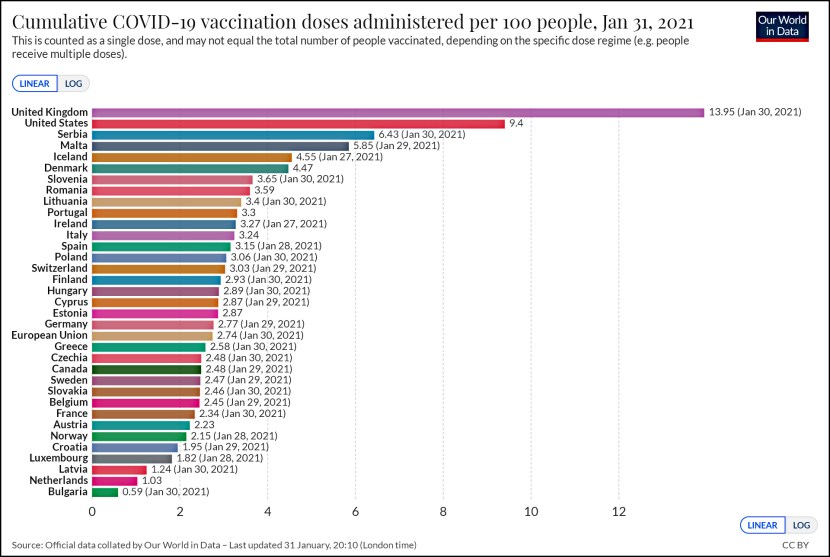As financial sectors grow, they generally get more robust and more efficient at allocating capital. This is a boon for economic development, which is why a vigorous, well-managed banking system is a key component of all modern capitalist economies. But can a financial sector get too big? That is, not just big enough that the returns to scale become small, but big enough that they actually become negative, hurting economic development? A paper published a few months ago by Jean-Louis Arcand, Enrico Berkes, and Ugo Panizza suggests the answer is yes:
Our results show that the marginal effect of financial development on output growth becomes negative when credit to the private sector surpasses 110% of GDP. This result is surprisingly consistent across different types of estimators (simple regressions and semi-parametric estimations) and data (country-level and industry-level). The threshold at which we find that financial development starts having a negative effect on growth is similar to the threshold at which Easterly et al. 2000 find that financial development starts increasing volatility. This finding is
consistent with the literature on the relationship between volatility and growth (Ramey and Ramey 1995) and that on the persistence of negative output shocks (Cerra and Saxena 2008).
If their results are right, the financial sector in the United States is about twice as large as it should be. And it’s not just us: they say that their findings suggest that “all the advanced economies that are now facing serious problems are located above our ‘too much’ finance threshold.” The chart above shows the full set of countries that are above or, in some cases, way above their threshold.
Food for thought. The full paper is here. (Via Felix Salmon.)

















